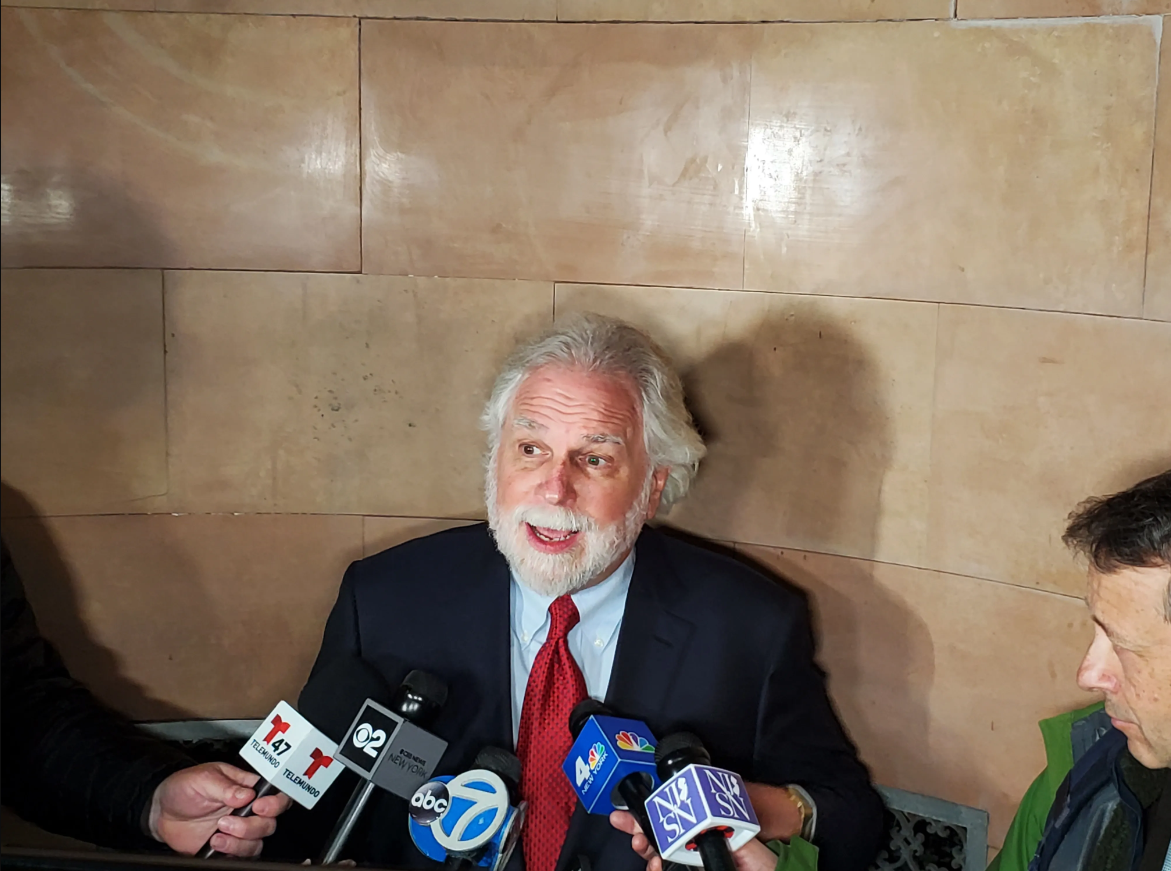Persistent stomach pain finally got Dancing With the Stars pro Alan Bersten to go to the doctor.
“At first [the doctors] were like, ‘Oh, it’s probably not a big deal. You’re probably just taking some supplements,'” he told People of the blood tests that showed a high amount of calcium in his blood.
“I went back on the road the next day, and my stomach stopped hurting.”
But his mom — like many moms — was still worried and encouraged him to go back for another blood test. Mom knows best, because new tests showed a tumor on his parathyroid glands — and a potentially dangerous condition called hyperparathyroidism.
What is hyperparathyroidism?
Though located near the thyroid glands, the four parathyroid glands are small — about the size of a rice grain — and regulate the amount of calcium in the body. We need calcium for strong bones, but too much of it can cause problems.
A lot of people were asking what my scar on my neck is from. Well here it is! Happy to say I’m back and better than ever! https://t.co/KOkfHvs6ta
— Alan Bersten (@Dance10Alan) April 19, 2018
There are two main types of hyperparathyroidism: primary hyperparathyroidism and secondary hyperparathyroidism. Primary hyperparathyroidism happens when one of the parathyroid glands is enlarged or a tumor grows on it, causing it to release too much calcium into the bloodstream.
Secondary hyperparathyroidism is caused by underlying health conditions that create lower-than-normal calcium levels in the blood, causing the parathyroid glands to work overtime to compensate.
Bersten was diagnosed with primary hyperparathyroidism.
Symptoms of hyperparathyroidism
Though not as common — or as talked about — as hyperthyroidism, hyperparathyroidism can occur in people in any age group, though it typically seems to affect people between 40 and 75.
The most common age for a hyperparathyroidism diagnosis is 62. It’s more than three times as likely to happen in women than men, meaning Bersten’s diagnosis is somewhat uncommon for his age and gender.
Most people with primary hyperparathyroidism show no symptoms, according to The National Institute of Diabetes and Digestive and Kidney Diseases, and the symptoms that do appear — like muscle weakness, fatigue, depression, bones aches and pains — are nondescript and point to any number of diseases.
Symptoms also tend to depend on a person’s age, according to the Norman Parathyroid Center, and more serious cases include appetite loss, constipation, nausea, vomiting — again, all signs of many different illnesses and diseases.
“A lot of cases of hyperparathyroidism are picked up through routine blood testing,” Saleh Aldasouqi, M.D., chief of the Division of Endocrinology at Michigan State University, told Self.
If hyperparathyroidism is suspected, doctors then perform additional tests to measure severity, including a bone mineral density test, urine test and kidney X-rays to determine if there are more problems (like kidney stones or reduced function).
Hyperparathyroidism treatment
Surgery — either to remove the tumor or overactive parathyroid glands — cures 95 percent of primary hyperparathyroidism, according to the NIDDK.
People with mild cases of hyperparathyroidism can avoid surgery, but need regular checks from their doctors. They also have to drink plenty of water, exercise regularly, eat well and avoid certain diuretics. Certain medications can also help people with both primary and secondary hyperparathyroidism.

Surgery seemed to do the trick for Bersten. He went through a two-hour procedure to remove the tumor and was back to work a week later.
The DWTS pro has a warning for others, though.
It’s so important to monitor your body because the slightest thing can change your life forever,” he told People.
“I’m getting my yearly checkups — I hadn’t been for four or five years, and I definitely learned a lesson from that. It didn’t even seem like I was careless, I just never thought about going to the doctor because I was always so young and so active.”



















